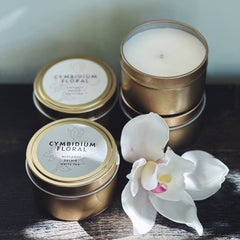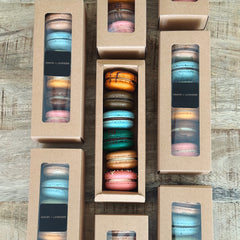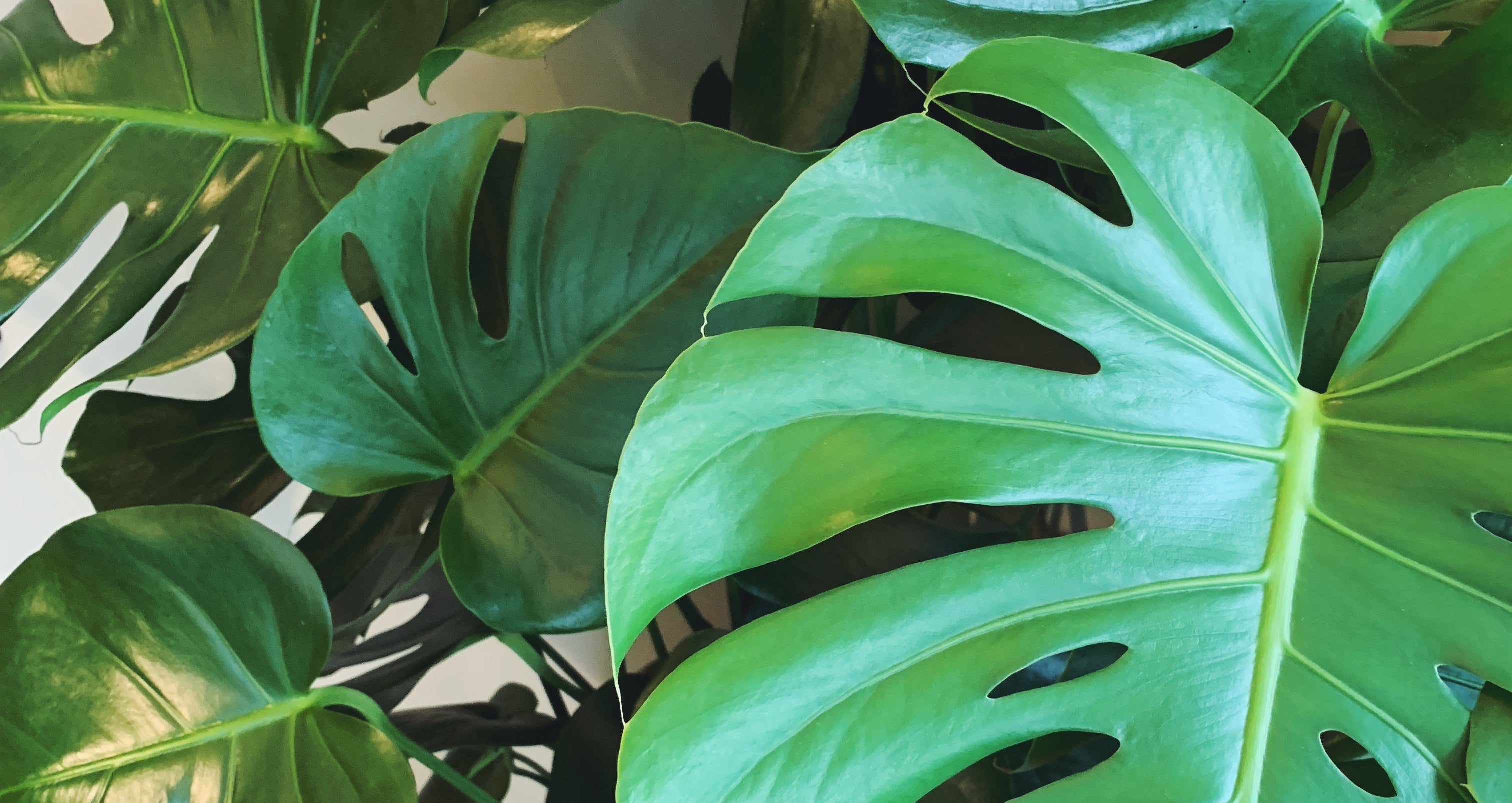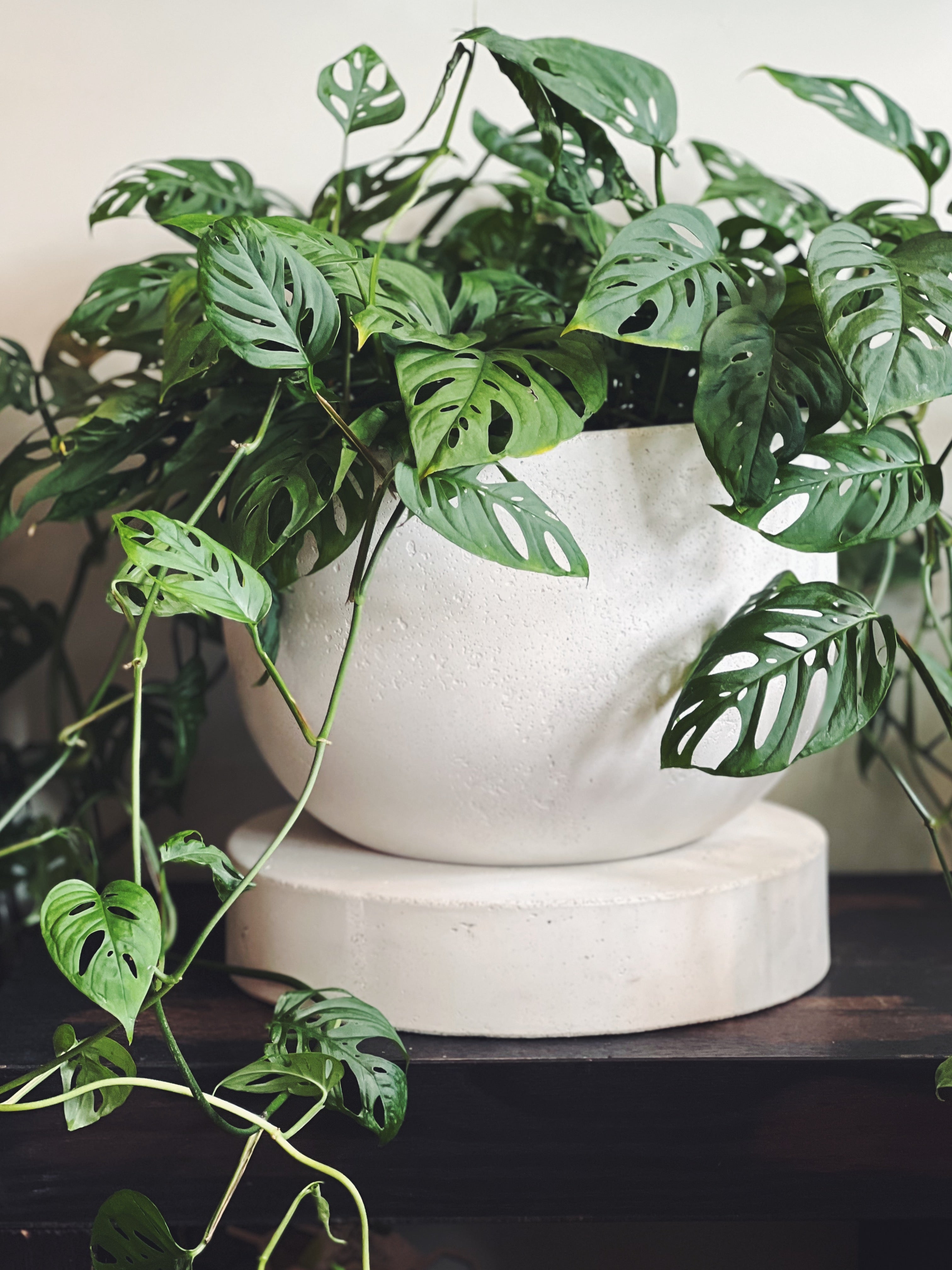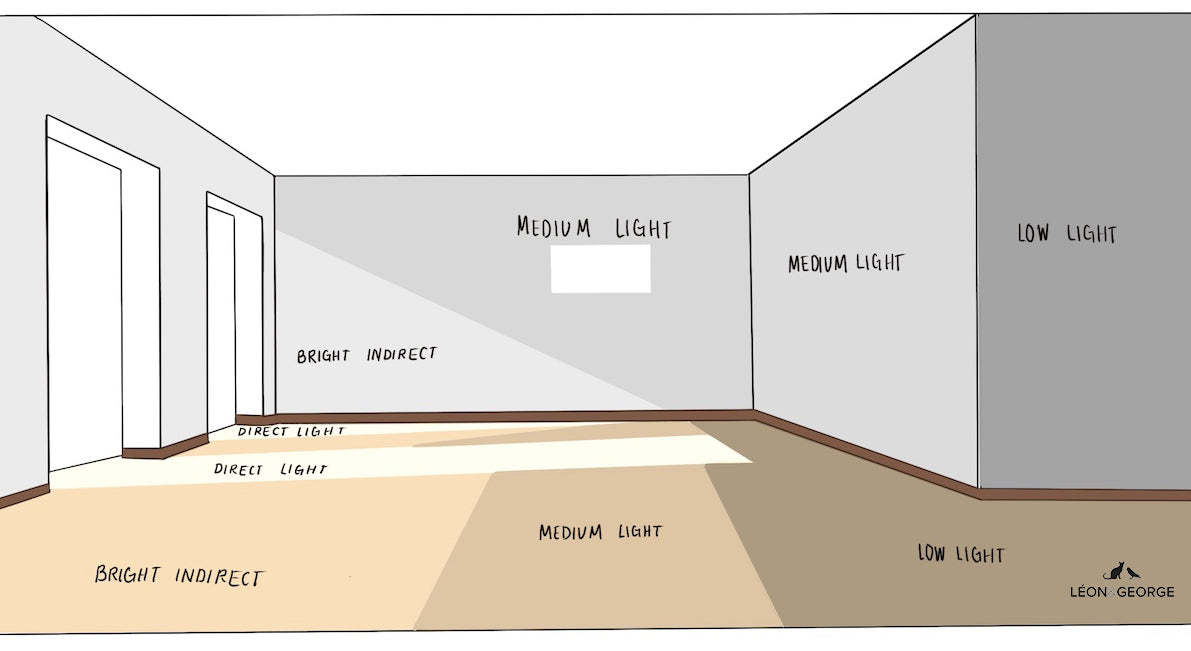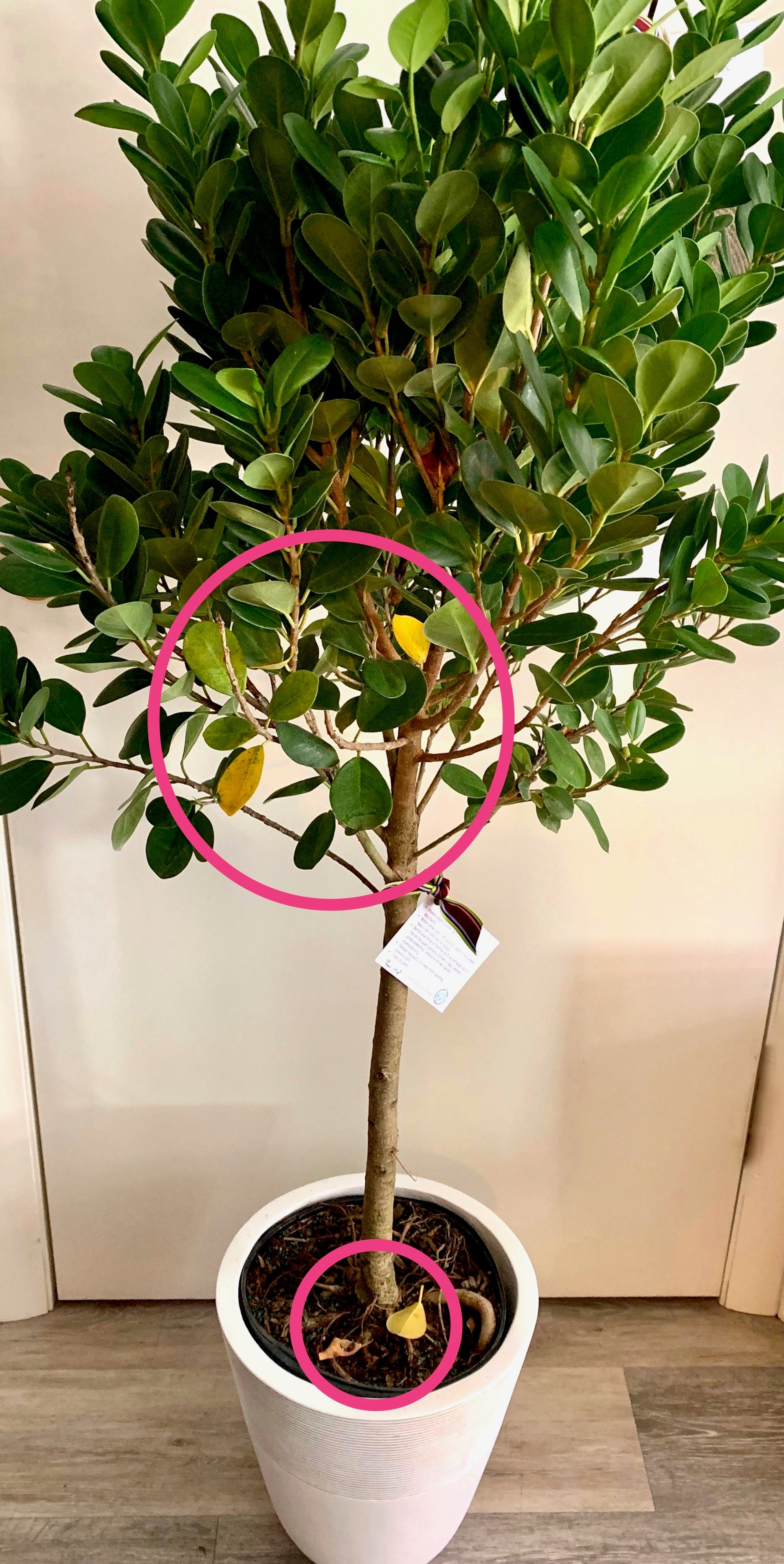Determining which direction the sunlight is coming from will help you know what kind of light you have.
Most smart phones have a compass app to help you. Read your compass as you face the windows in your room.
N (North) = medium to bright indirect
NE (Northeast) = medium to bright indirect. Depending on the time of the year, direct sunlight in the morning
NW (Northwest) = Bright indirect
E (East) = direct morning sunlight to bright indirect
S (South) = Bright indirect to medium
SE (Southeast) = Bright indirect
SW (Southwest) = Bright indirect to direct afternoon sunlight
W (West) = Bright indirect to direct afternoon sunlight
You can also do a shadow test
Midday on a sunny day (with overhead lights off), place a sheet of white paper on the spot where you intend to grow your plant. Now hold your hand about one foot above the paper. What do you see?
If you can see a clearly defined shadow of your hand, the spot receives bright light.
If the shadow is fuzzy, but recognizable as a hand, the spot receives medium light.
If you see only a faint shadow the spot receives low light.
Figure out the best spot for your plant
Avoid spots that are too drafty or hot, or where pets and children can reach them if toxic
Avoid placing your plant in a spot where it’s drafty - i.e. very close to old windows, in front of an AC unit or an exterior door. Also avoid spots that are too hot - i.e. directly on top of a heat vent, or next to a radiator, fireplace or woodstove.
Can your pets and/or children reach the plant? Consult these resources before finalizing your plant choice.
Select a plant for your light conditions that you like, with a realistic care schedule for you.
We've curated a selection of our favorite, relatively easy to care for plants, in each light category.
When to Water Your Plant
Determine an approximate watering schedule
We recommend you water your plant on a schedule which may change seasonally based on changes in light, temperature and humidity. The care card spells out your plant's specific watering needs.
1. Push your finger into the top inch or two of the soil (eyeballing the soil is NOT a good indicator of moisture).
2. As a general rule, if the soil is wet, do not water and check again in a few days. Plants don't like soggy soil.
3. When the appropriate amount of soil is dry (this is on your care card) THEN water.
After following these steps if you discover that the soil dries out 7 days after watering your plant initially, then you’ll be on a weekly watering schedule. Plants in low light or no natural light will need water less often. Without the help of sunlight, the soil will take longer to dry out.
How to water your plant
If your pot has drainage
In general, we prefer to leave our plants in the plastic grower pot that is slipped into a decorative pot.
1. Remove the plant from the decorative pot and place the plant in the sink.
2. Saturate the soil (not the leaves, unless directed) and let the water drain into the sink.
3. Once drained place the plant back in the decorative container.
If your pot doesn’t have drainage
For plants that have been potted directly into a decorative container, water more cautiously. Pour water evenly all around the soil until the soil seems moist to the touch (not soggy), but enough so the water will reach the roots at the bottom of the plant. You might want to use a liquid measuring cup so you can determine the best amount. If you pour too much water in, standing water can build up at the base of the plant and will lead to soggy, smelly soil and yellowing leaves.
Love the idea of adding plants to your space but overwhelmed by all of the options?
Cymbidium Floral offers on-site plant styling services.
We will visit your home or business to determine the best plants to suit your space and guide you through selecting, placing and caring for your plants. Our visit includes assessing your light conditions, room layout and décor. After our initial visit we will offer you a proposal that includes our recommendations for plants and containers that will enhance the space and complement your style.
The consultation fee will be credited towards purchases from your proposal of $250 or more.
Plants purchased from Cymbidium Floral will include detailed care instructions tailored to your conditions.

